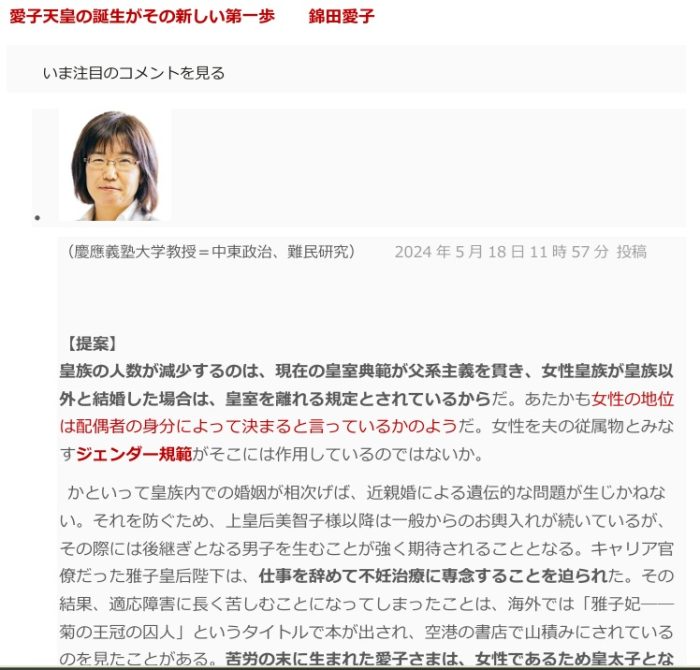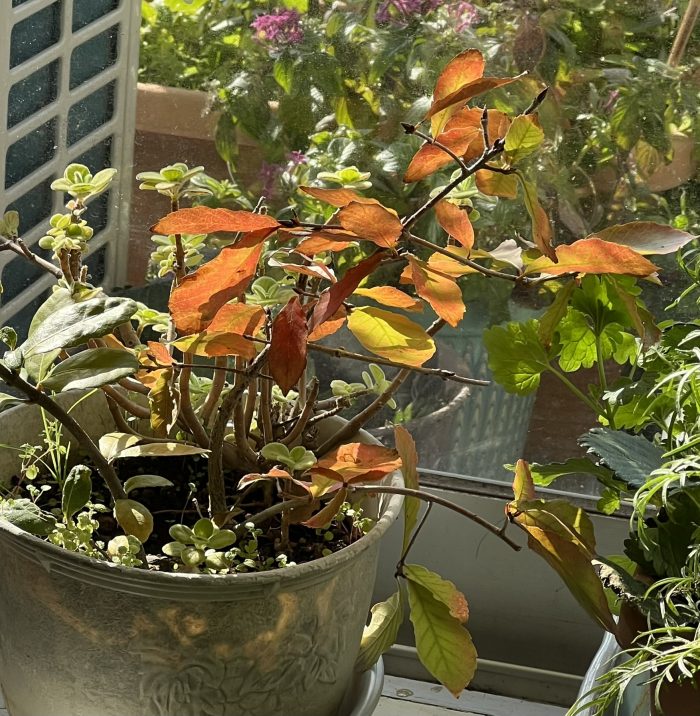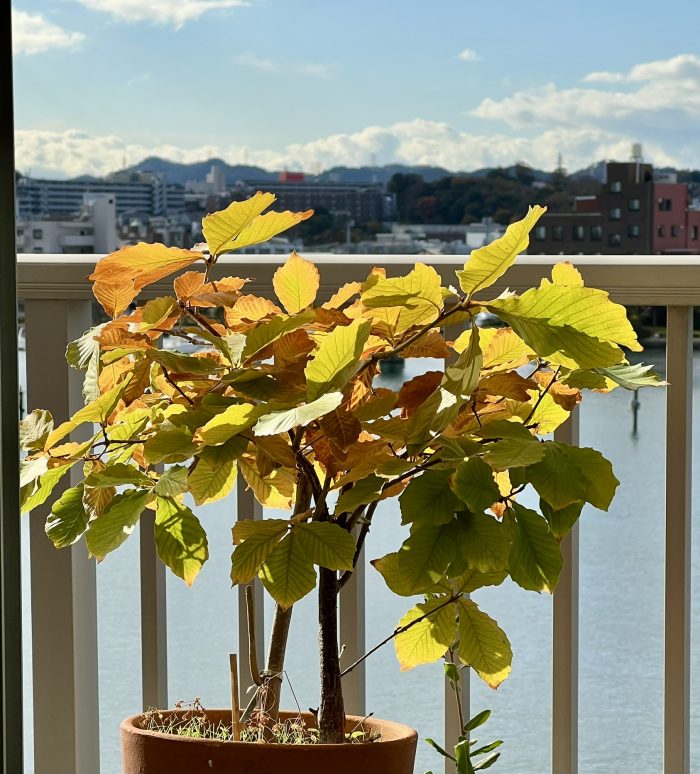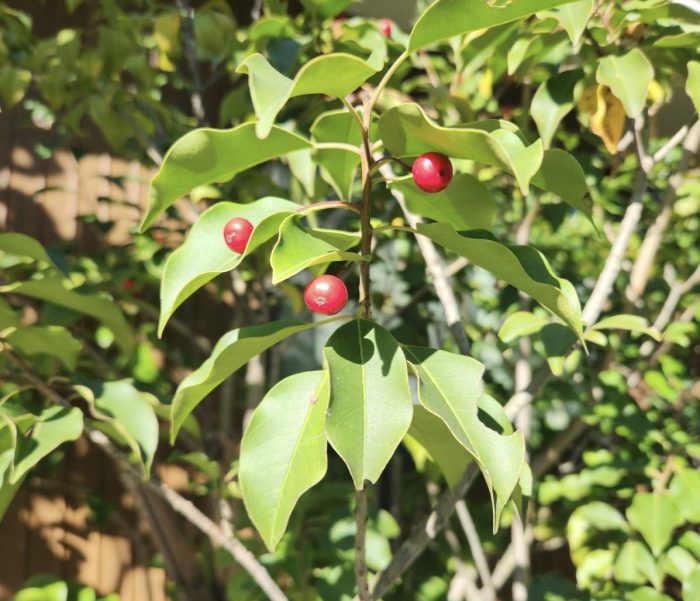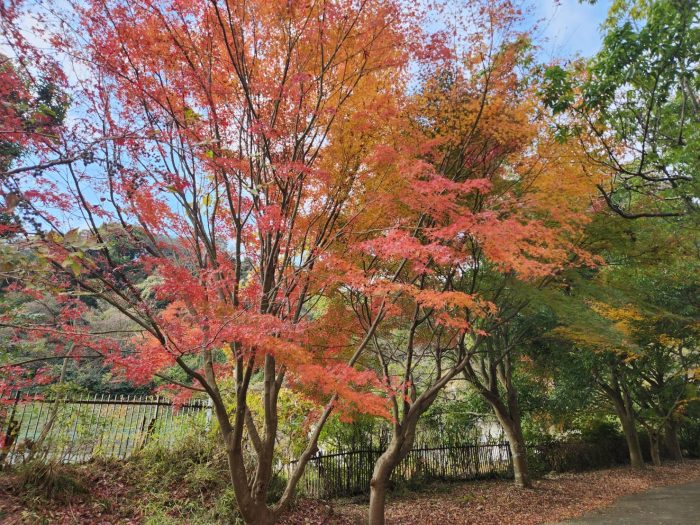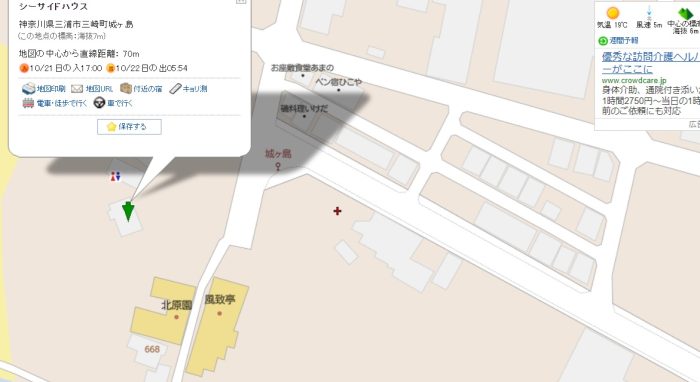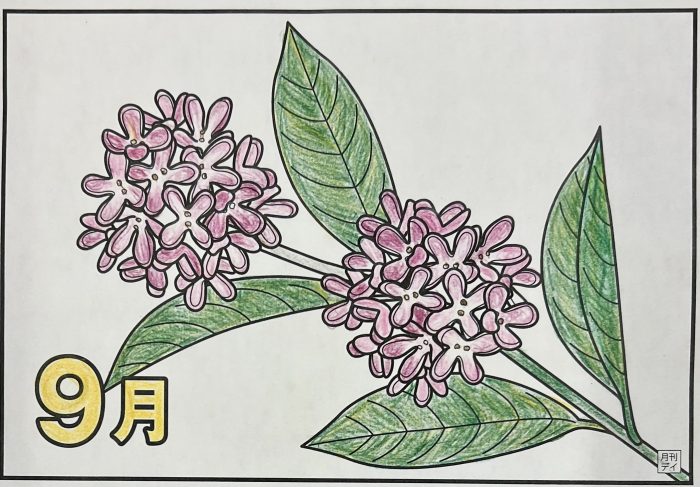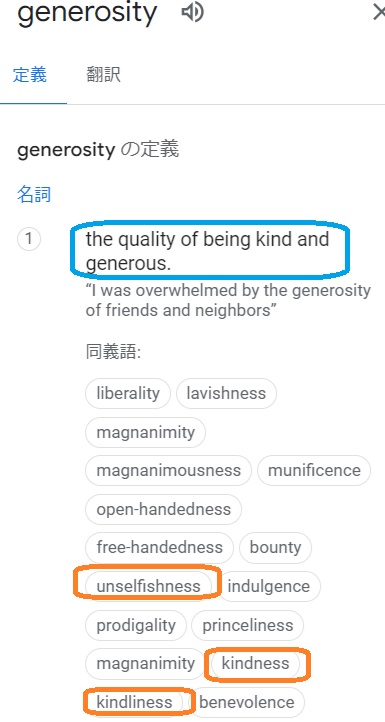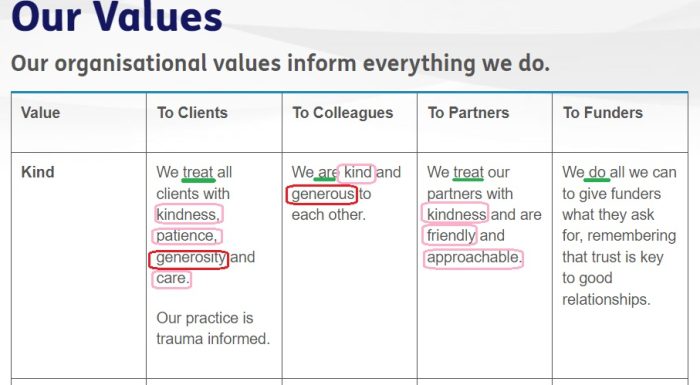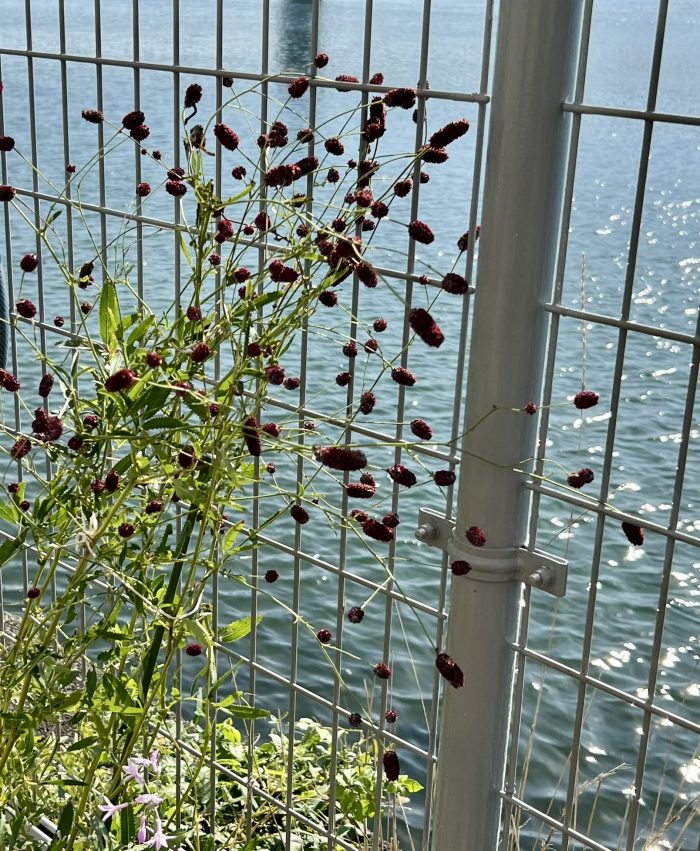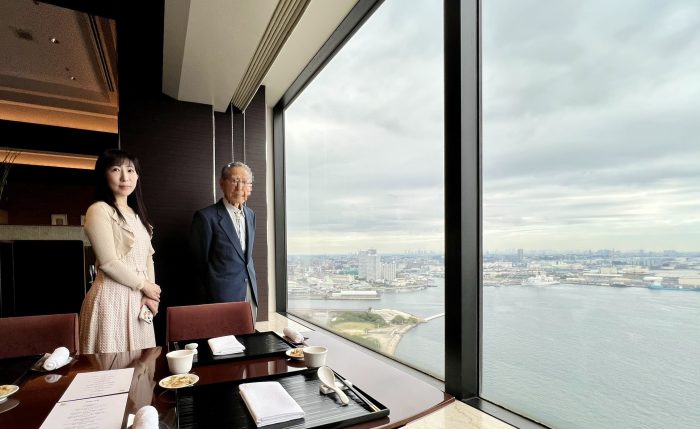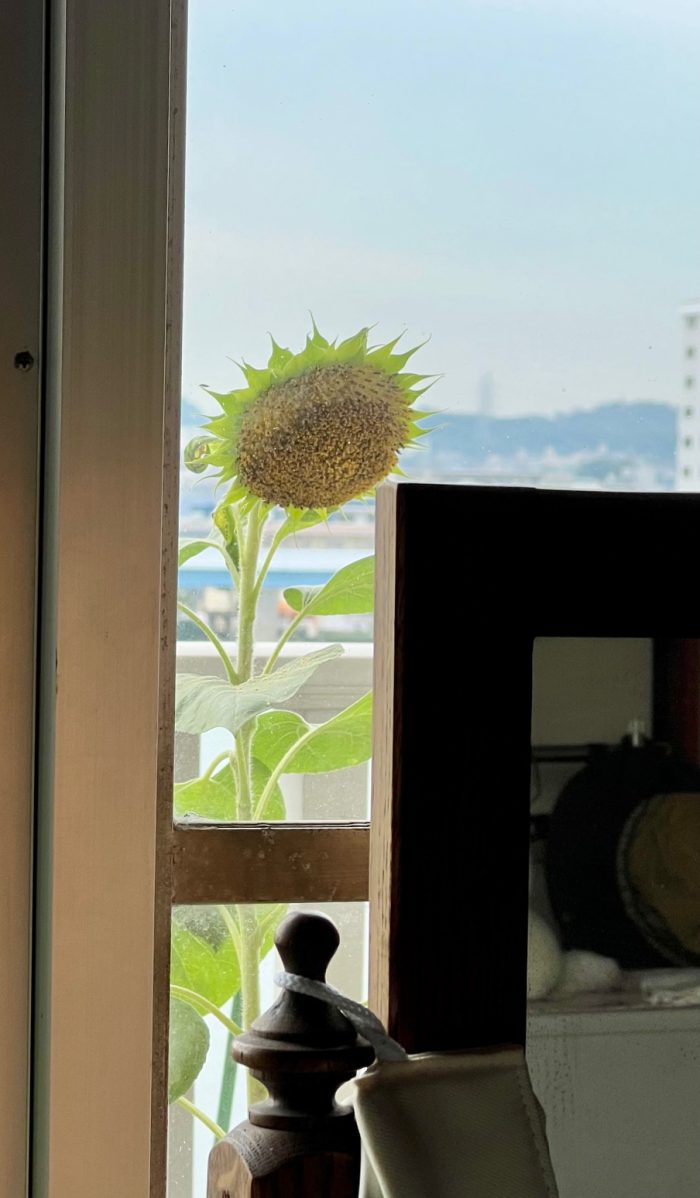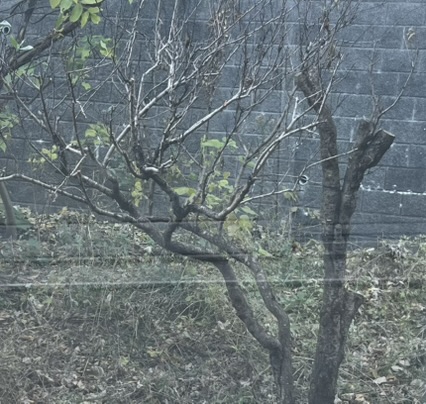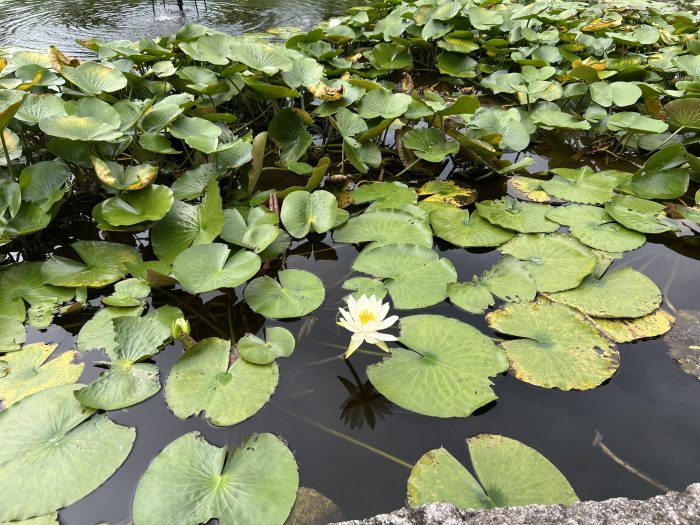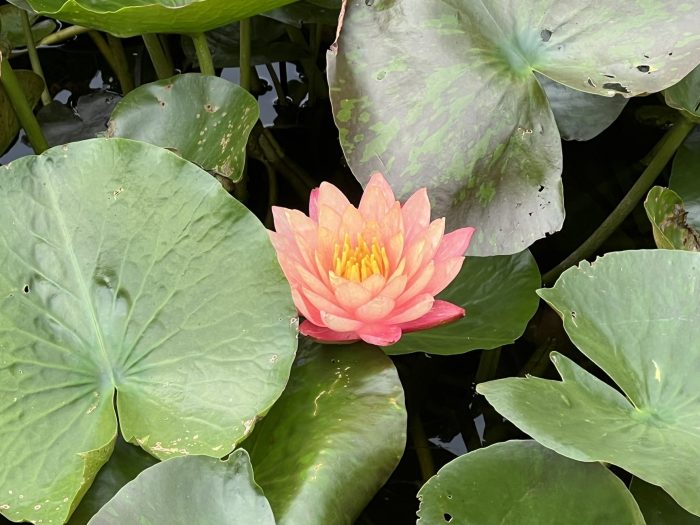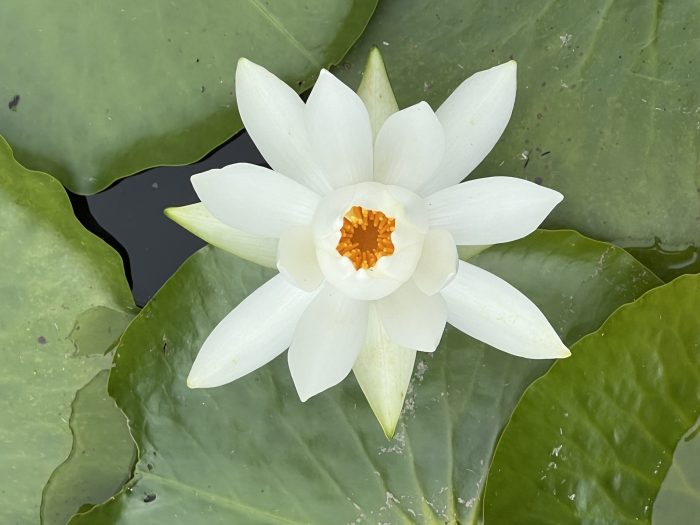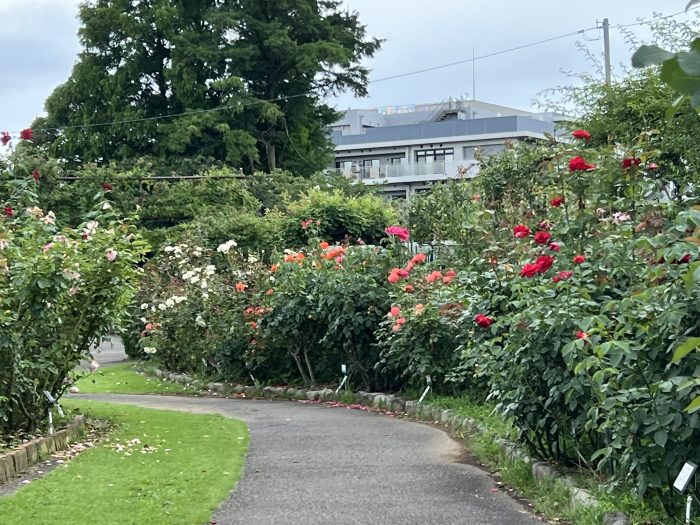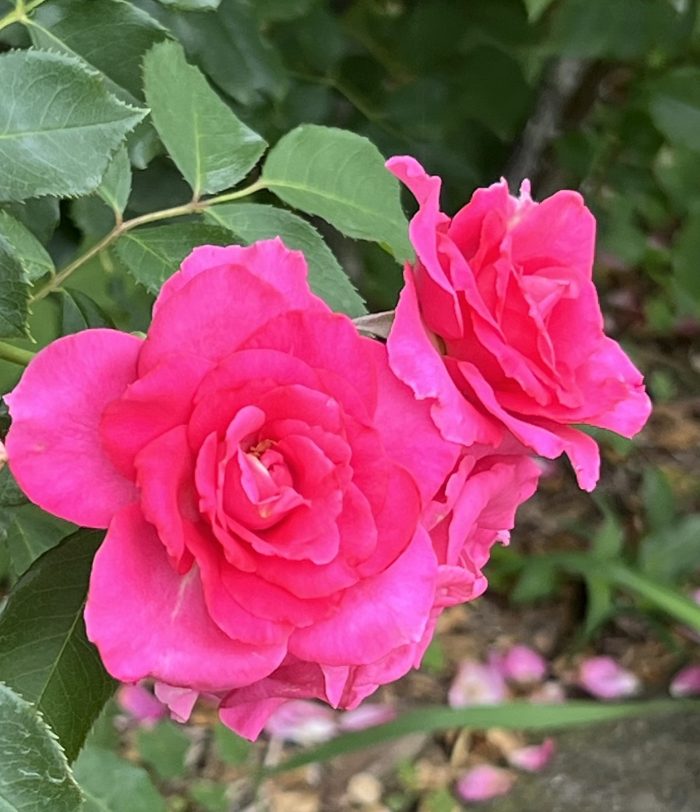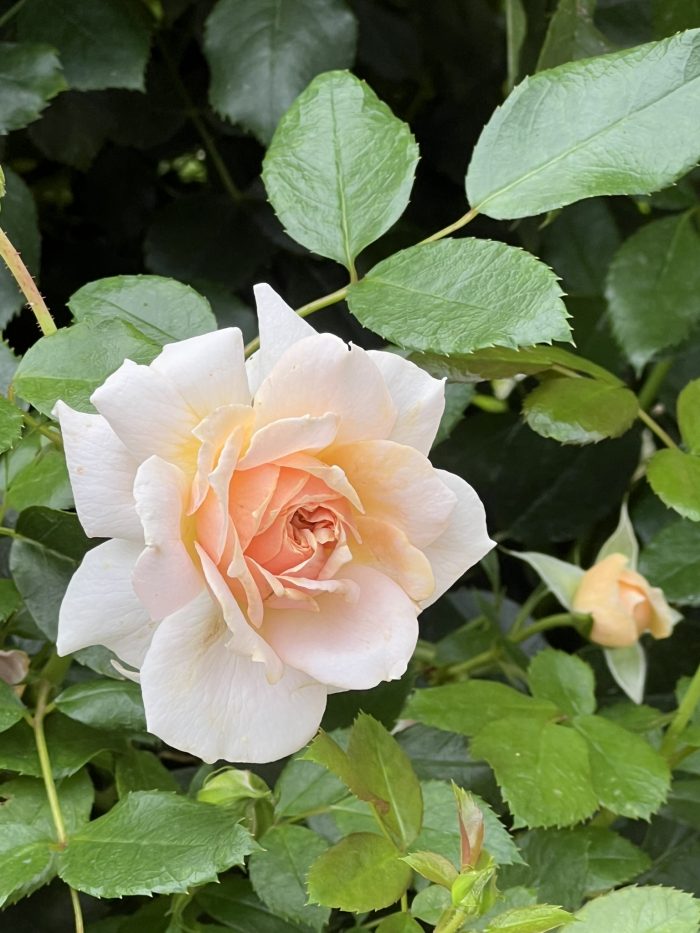🛏介護付き有料老人ホームresearch

みんなの介護より ★施設の場所・地図 🌸(難解)介護老人ホームの区分 🧹家事サービス(イチロー) 📚介護資格の種類 SS受け入れ施設情報_1 SS受け入れ施設情報_2
<目次> 坪・畳・平米換算表 ★自費の介護費用⇒
- ライフコミューン北鎌倉 (このページ内)
- サニーステージ北鎌倉 (このページ内)
- イリーゼ鎌倉 (このページ内)🌺
- グランドマスト北鎌倉 (うちのそばのサービス付き高齢者向け住宅)
- オーシャンプロムナード湘南 (高級ホームの例)(このページ内)
- カーサプラチナみなとみらい ( 〃 )(このページ内)
- メディカルホームグランダ逗子 (このページ内)🌺🌺
★Care managerさんSS受け入れ施設情報 oct.2024
- 特養ラスール金沢文庫・・・元ログハウス
- パートリア能見台SSあり200.9リハあり診療所も・・・高齢者ばかりでコワイ(✖行かない)
- 🌸ハートウォーム港南台(介護付有料老人ホーム)<有料ショートステイあり>2泊3日~期間制限なし:●利用料 13,500円(1日につき)+●食費 1,969円(3食+おやつ)医療OK、高速横横騒音check・・・試しても良いかも
<参考>



★Care managerさんSS受け入れ施設情報_2 jan.2025
- SOMPOケアラヴィーレ金沢八景(介護付き有料老人ホーム。六浦、地域サービスセンター前)
- メディカルホームグランダ金沢文庫(介護付有料老人ホーム(介護専用型/一般型特定施設入居者生活介護))谷津町84-3
- すいとぴー本牧三溪園(介護付有料老人ホーム)中区本牧原1-11 こちらも ※日総ニフティ株 体験入居(ご希望の方)
- <すいとぴー 金沢八景(介護付き有料老人ホーム(一般特定施設入居者生活介護))金沢区瀬戸7-10>
- (高額過ぎ)葉山の老健施設(海が目の前)交欒 (マゼラン)葉山一色
(住宅型有料老人ホーム) 葉山町一色2440 エクセルシオーネ《評判悪い》

1.ライフコミューン北鎌倉 神奈川県鎌倉市台1595 介護付き有料老人ホーム


2.サニーステージ北鎌倉 介護付き有料老人ホーム
「サニーステージ北鎌倉」は、65歳以上の自立して生活できる方、要支援・要介護の方が入居対象です。今までも、これからもつながり続ける環境をご用意し、地域交流で生まれる新しい出会いが生まれるよう配慮しています。
| 入居費用 | 入居時0万~980万円月額25.3万~42.1万円 |
|---|---|
| 住所 | 神奈川県鎌倉市大船4-17-43 |
| 開設年月日 | 2024年4月1日 |
| 定員/居室数 | 100名/100室 |

| 料金・費用 | 入居金0万円月額21.8~25.1万円 | ||
|---|---|---|---|
| 施設所在地 | 神奈川県鎌倉市大船1914-1 | ||
| 施設種別 | 住宅型有料老人ホーム | ||
ケアの専門技術を持つ介護スタッフは24時間365日常駐しており、毎日の起床・就寝、1日3食のお食事、入浴、排泄などをサポート。ご家族にとって心配な急変時や、夜間も安心です。季節に合わせたイベントや、体を動かす体験など様々なレクリエーションがあり、日中の時間を活動的に過ごすことができます。イリーゼのお食事はグループ会社のHITOWAフードサービスによって施設内の厨房でつくられており、健康に配慮した出来たてのあたたかいお食事をお召し上がりいただけます。居室面積 18.54〜19.85m² 開設年月日 2013年12月1日

4.オーシャンプロムナード湘南 (高額過ぎてムリ)
介護もできる夫婦部屋、自宅と変わらない環境で看取りまでご相談できます。




| プラン | 居室タイプ 広さ 部屋数 | 契約方式 | 入居時費用 | 月額利用料 | ||||||||
|---|---|---|---|---|---|---|---|---|---|---|---|---|
| 入居 一時金 | その他 | 賃料 | 管理費 運営費 | 食費 | 水道 光熱費 | 上乗せ 介護費 | その他 | 介護 保険料 | ||||
| C | 月払方式 一人入居 最下限 | 個室 45.08m² | 利用権方式 | 150 万円 | 54.7 万円 | |||||||
| – | 150.0 | 25.0 | 15.8 | 6.9 | – | 7.0 | – | |||||
🌸(難解な)介護老人ホームの区分
公的施設vs民間、医療依存度、住宅型vsサ高住、サ高住にも一般vs介護・・・(とややこしい)。費用、area、availability, etc.









5. カーサプラチナみなとみらい (超高額:ほんの参考) 神奈川県横浜市西区花咲町6-143 #238;Mr Y.





利用料 As of 10月10日,2024
| plan | タイプ | 契約方式 | 入居時費用 | 月額利用料 | ||||||||
|---|---|---|---|---|---|---|---|---|---|---|---|---|
| 一時金 | その他 | 賃料 | 管理費 | 食事 | 光熱 | 上乗せ介護費 | その他 | 介護保険料 | ||||
| C | 基本B type | for2 37.45m² | 利用権 | 5,100 万円 | 48.4 万円 | |||||||
| 5,100.0 | – | 16.0 | 19.8 | 10.4 | – | – | – | 2.2 | ||||
施設概要
| 施設名称 | カーサプラチナみなとみらい | ||
|---|---|---|---|
| カナ名称 | カーサプラチナミナトミライ | ||
| 料金・費用 | 入居金0~10,800万円月額18.4~120.2万円 | ||
| 施設所在地 | 神奈川県横浜市西区花咲町6-143 | ||
| 施設種別 | 介護付き有料老人ホーム | 建物構造 | 鉄筋コンクリート造(RC造) |
| 入居定員 | 94名 | 地上階・地下階 | – |
| 居室総数 | 90室 | 施設利用階数 | – |
| 敷地面積 | 3,732.86m² | 建物形態 | – |
| 延床面積 | 26,717.18m² | 開設年月日 | 2018年4月1日 |

6.メディカルホームグランダ逗子 良さそう
【介護付きホーム】介護付有料老人ホーム(一般型特定施設入居者生活介護) 所在地神奈川県逗子市久木2-8-25
※「メディカルホーム」は、ベネッセの有料老人ホームの中で、24時間365日看護職員を配置したホームです。






★🧹家事サービス(イチロー)・・・家政婦さんの料金を見ようと思ってみてたら出てきたサイト





※いつもお世話になってるところはどうかな? aozora https://www.aozora-care.com/

- 1🔹🌵認定介護福祉士
- 資格の位置づけは、
- 2🔹介護福祉士→
- 3🔹介護福祉士実務者研修→
- 4🔹介護職員初任者研修→
(内容)
★介護士の資格で一番上は何ですか?
★介護福祉士とケアマネージャーの資格の違い
★介護福祉士の仕事内容






















